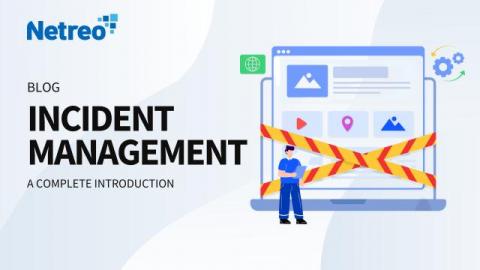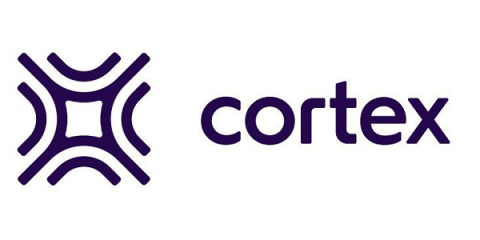Operations | Monitoring | ITSM | DevOps | Cloud
Latest News
Monitoring Kubernetes with Prometheus
In part I of this blog series, we understood that monitoring a Kubernetes cluster is a challenge that we can overcome if we use the right tools. We also understood that the default Kubernetes dashboard allows us to monitor the different resources running inside our cluster, but it is very basic. We suggested some tools and platforms like cAdvisor, Kube-state-metrics, Prometheus, Grafana, Kubewatch, Jaeger, and MetricFire.
Maximize Long-Term Savings From Cloud Providers with Densify
One of the first considerations for FinOps teams trying to lower their public cloud spend is investing in long-term savings vehicles available from their Cloud Service Provider. These programs can provide customers with upwards of 72% savings off on-demand prices, in return for a 1-to-3-year usage commitment, so it’s pretty common that we see them in use by our customers.
How Qovery Could Have Saved Time and Effort in Compare the Market's EKS Migration
Incident Management: A Complete Introduction
In the dynamic landscape of IT operations, incidents are bound to occur. Incident management is a structured and proactive approach to address and resolve these unexpected events promptly and effectively. It forms a crucial component of IT service management (ITSM), ensuring smooth operations and minimizing the impact of incidents on an organization’s productivity and customer experience.
One Year of Automation, 100K Staff Hours Saved: A Telco Giant's Big Gain
A leading mobile communications company, based in South Africa, had big plans for its growth in the upcoming months. To ensure customer loyalty as they continued to grow their subscribers, they had to make sure their networks evolved while maintaining performance. That meant the organization’s IT and network teams needed a way to support business goals for growth with their existing capacity.
Eliminating Bias in Machine Learning: Gold In, Garbage Out
10 Observability Tools in 2023: Features, Market Share and Choose the Right One for You
Understanding what's happening within your systems is a necessity. Have you ever wondered how experts keep an eye on systems to make sure everything's running smoothly? That's where observability tools come in! Observability tools are like helpers that give you a peek inside your tech. In this blog, we will talk about observability tools and how they can be used in different situations so it's easier for you to choose the right one for your organization.
Establishing a Kubernetes cost management strategy
From Novice to Ninja: A Deep Dive into Managing Permissions with AzCopy
AzCopy, a command-line utility designed by Microsoft, is the bridge that links data transfer and data management within Azure. Targeting seasoned professionals, it offers a granular level of control, especially when it comes to permissions. Managing permissions is not just about controlling access; it’s about maintaining the integrity of data, ensuring compliance, and optimizing operational efficiency.











